The monthly scientific meeting of the Greek Department of the Faculty of Archeology
Under the auspices of Prof. Dr. Mahmoud El-Metini, President of Ain Shams University, Prof. Ayman Saleh, Vice President for Graduate Studies and Research, and Prof. Dr. Mamdouh El-Damaty, Dean of the Faculty of Archeology, the monthly scientific meeting of the Department of Greek and Roman Archeology at the Faculty of Archeology was held, in the presence of Prof. Hossam Tantawy, Vice Dean of the Faculty For Education and Student Affairs, Prof. Dr. Ahmed El-Shouki, Vice Dean for Graduate Studies and Research Affairs, Prof. Dr. Noha Salem, Head of the Department, and Prof. Dr. Ali Abdel Halim, Head of the Department of Egyptian Archeology.
On the sidelines of the meeting, he gave a lecture entitled "The Eye in Greek and Roman Technicians" organized by Dr. Wafaa Kamal, a teacher in the department, and the lecture was moderated by Dr. Reham Hassan and Dr. Sarah Samir.
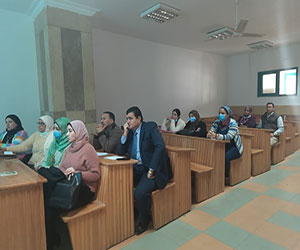 |
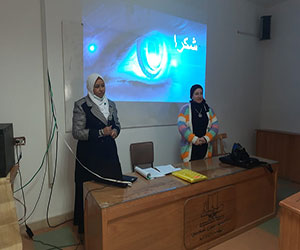 |
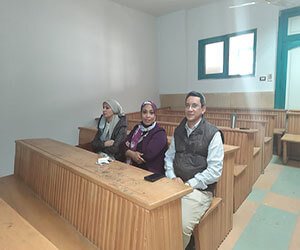 |
||
The lecture dealt with a study on the depiction of the eye in Greco-Roman art and its connotations and symbols. The researcher clarified the cultural legacies and the mutual influences between contemporary civilizations on this subject.
The eyes are also on the bows and bows of Greek and Roman ships. The research deals with the appearance of eye shapes on Greek and Roman ships considering two discoveries of a group of marble eyes, some of which were found in a shipyard in Zea Bay, south of Athens, and dated to the period between the classical and Hellenistic period 450-300 BC. AD, and others from Tektaş Burnu area near the Aegean coast of Turkey were dated to about 440 - 425 BC from the excavations carried out by the Institute of Maritime Archeology at the University of Texas, and the two discoveries were material evidence of the use of eyes on Greek and Roman ships on the ground After it was believed that it appeared only as a decorative element for the ships depicted on pottery vessels.
What is new here is that it was made of marble and fixed with metal clips on the bows and bows of ships.
The researcher added that the Greeks and Romans looked at their ships for several reasons. Including the desire to intimidate ships, especially warships, with the appearance of a supernatural being to frighten their enemies, and their belief that these eyes may give ships divine awareness, making them realize their right path and set out without help, and with the aim of protecting and deterring evil forces, especially envy, especially on merchant ships.
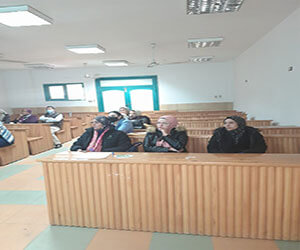 |
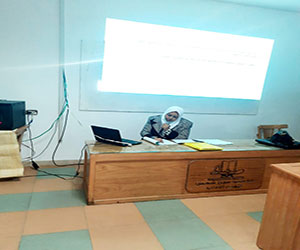 |


.svg)




